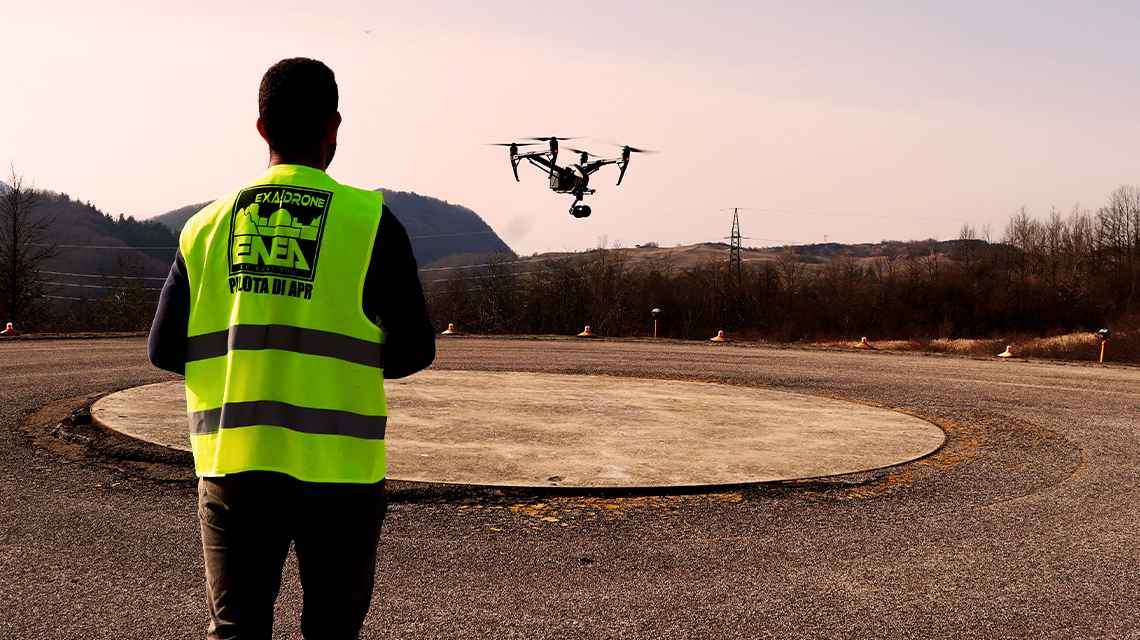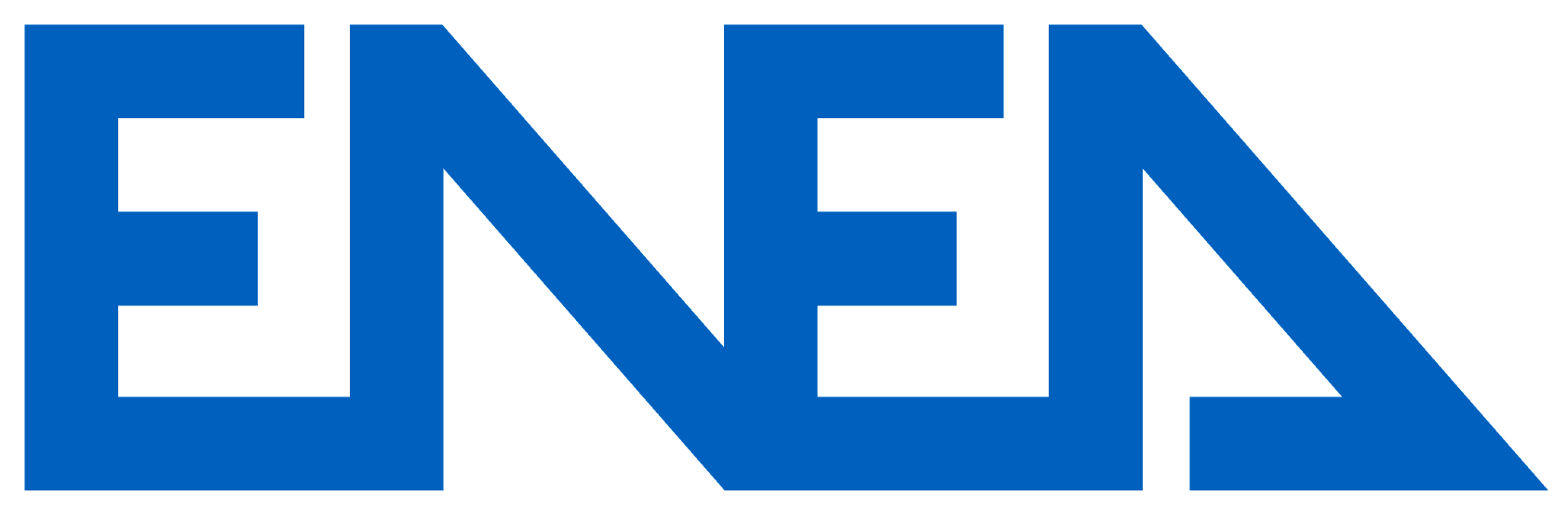Italian National Agency for New Technologies, Energy and Sustainable Economic Development

Security: Drones, ENEA - Emilia-Romagna region agreement for drone pilot training
The Exadrone Flight Academy at the ENEA Brasimone Research Center
ENEA and the Emilia-Romagna region have signed an agreement to train drone pilots for critical operations. The courses will be held at the Exadrone Flight Academy of the ENEA Research Center in Brasimone (Bologna), the first public institution certified by the ENAC[1] and among the largest in Italy for critical time operation training [2] for environmental monitoring, civil protection, security, inspections and infrastructure control.
The training courses, both theoretical and practical, will be tailored on the specific needs of the region. The initiative aims to create a facility involving over 110 staff members divided by teams with specific focuses, from administrative compliance to refining flight techniques.
“Drones and sensors have become indispensable tools providing new digital services, systems for exchanging and enhancing information,” explained Regional Councillor for Digital Agenda Elena Mazzoni. ”The Drone Competence Center will support the development of new research skills and training of operators. The region aims to ensure quality and effectiveness of investments in drone technology in support of the Center, to properly manage administrative, technological and related services.”
Implemented as part of the project Exadrone, funded by the Emilia-Romagna Region in collaboration with Metaprojects, the Flight Academy at the ENEA Brasimone Research Center provides to participants internationally certified instructors and drones with class identification label C5 and C6, relatively rare in Europe, which require more stringent safety measures.
“ENEA is the only public institution in Italy to provide courses tailored to specific needs[3], at the theoretical and practical level, catering to both visual and non-sighted piloting and different training scenarios, in line with the European EASA regulation,” pointed out Mariano Tarantino, head of the ENEA Nuclear Energy Systems Division and contact person for the Exadrone project.
In 2024, the European Union introduced stricter regulations to ensure safe drone operations to protect people, animals, the environment and safeguard people’s privacy.
“Our objective is creating a center of excellence for drone pilot training ensuring operators conduct operations safely and efficiently, focused on the needs of the Region and the institutions devoted to safety, control and monitoring of the environment,” said Paolo Zini of the ENEA Laboratory for the Development of New Technologies in the Nuclear Field, project manager and instructor at the Flight Academy.
As part of the Exadrone project, also the Automation and Control Laboratory has been set up at the ENEA Brasimone Center in collaboration with Metaprojects, which develops sensors and remotely piloted aircraft, including special applications in environmental monitoring and cargo transport. In this context, drones with increased levels of autonomy are being tested for various activities, including: transport of medicines and radiopharmaceuticals; verification of contaminant spills in water; coastal and water chemistry monitoring for land protection and prevention of extreme flood events.
The Exadrone Flight Academy at the ENEA Brasimone Research Center
Equipped with a 20-hectare airfield with teaching areas for theoretical and practical training and qualification to fly drones for critical operations, the Brasimone Flight Academy also includes equipped areas and runways for ENAC-authorized operations, briefing rooms for mission preparation, maintenance equipment and a meteorological station. In addition to training in real-time water analysis and environmental monitoring of sites, nuclear facilities, and strategically important infrastructure like bridges, viaducts and dams, the Flight Academy provides courses, including in English, in photogrammetry, thermography and precision agriculture, as well as planning for special missions authorized by the ENAC.
According to the new European Regulations, the Academy can issue remote pilot licenses for the Open and the Specific categories: the former includes leisure activities at low risk; the Specific category covers activities involving close overflight of people and obstacles, including in BVLOS or Beyond VLOS scenarios, i.e., operated beyond the direct line of sight of the pilot, and for which additional skills are required. In fact, in addition to A1-A3 and A2 certifications, it is necessary to have attended courses in Aeronautical Communication and Technical and Human Resource Management and SORA (Specific Operations Risk Assessment) type to conduct a risk assessment of a flight plan, and to have passed the final exam in “proctored mode” which allows to acquire STS-01 and STS-02 ratings for VLOS and BVLOS modes, respectively.
Photos and Videos
For more information please contact:
Mariano Tarantino, ENEA - Head of Nuclear Energy Systems Division.
For more information about the flight academy, upcoming courses and other details:
www.exadrone.it
Tel: +39 0534 801 145
Centro Ricerche Brasimone - ENEA
Località Lago del Brasimone
40032 Camugnano (Bologna)
https://www.exadrone.it/index.php/exadrone-academy/progetto-exadrone
